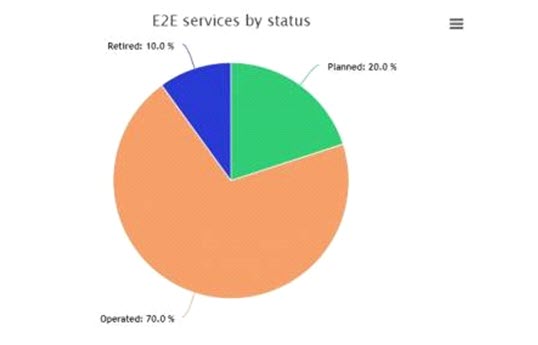About the Service Portfolio
The Service Portfolio is the core repository for all information related to all services in an organization. The Service Portfolio includes information regarding each service and its status in lifecycle:
- Service Pipeline – contains information about services which are not yet live. They might be planned or under development.
- Service Catalogue – contains information about the current services in operations which are available to its consumers.
- Retired services – list of services which are not active anymore. This information is important to maintain knowledge and can be reused when e.g. building new services supporting

We do believe that it is not possible to separate work related to the Service Catalogue from the Service Portfolio so we combine the processes of portfolio and catalogue.
The service catalog and its role in Service portfolio management
The service catalog is at the core of IT service management, it contains a centralized list of IT services from the IT service portfolio (planned, operated as well as retired services) that are available for customer use. Within the IT service catalog, you will find an organized and digitized presentation of all of the IT services that company provides.

Technical and business service catalogue information
Service Catalogue possesses two main perspectives where one in maintains the business related information whilst the second maintains the information needed for technical staff. This creates synergy between business and IT as both sides understand the scope of the subject matter.

Dependencies in Service Catalogue
Part of IT service catalog are dependencies to building blocks of different services as called service components (can be applications, infrastructure, support and many others) which by visualization helps orient through the whole landscape (services, components, providers)

Clear responsibility thanks to Service Catalogue
By building a service catalog you gain both visibility and responsibility. You will define who is responsible for your services, components and providers. Once the responsability is assigned, all core activities around services, components, providers is assured. The appointed people to the different parts play an important role in securing governance & managing their responsibility.
